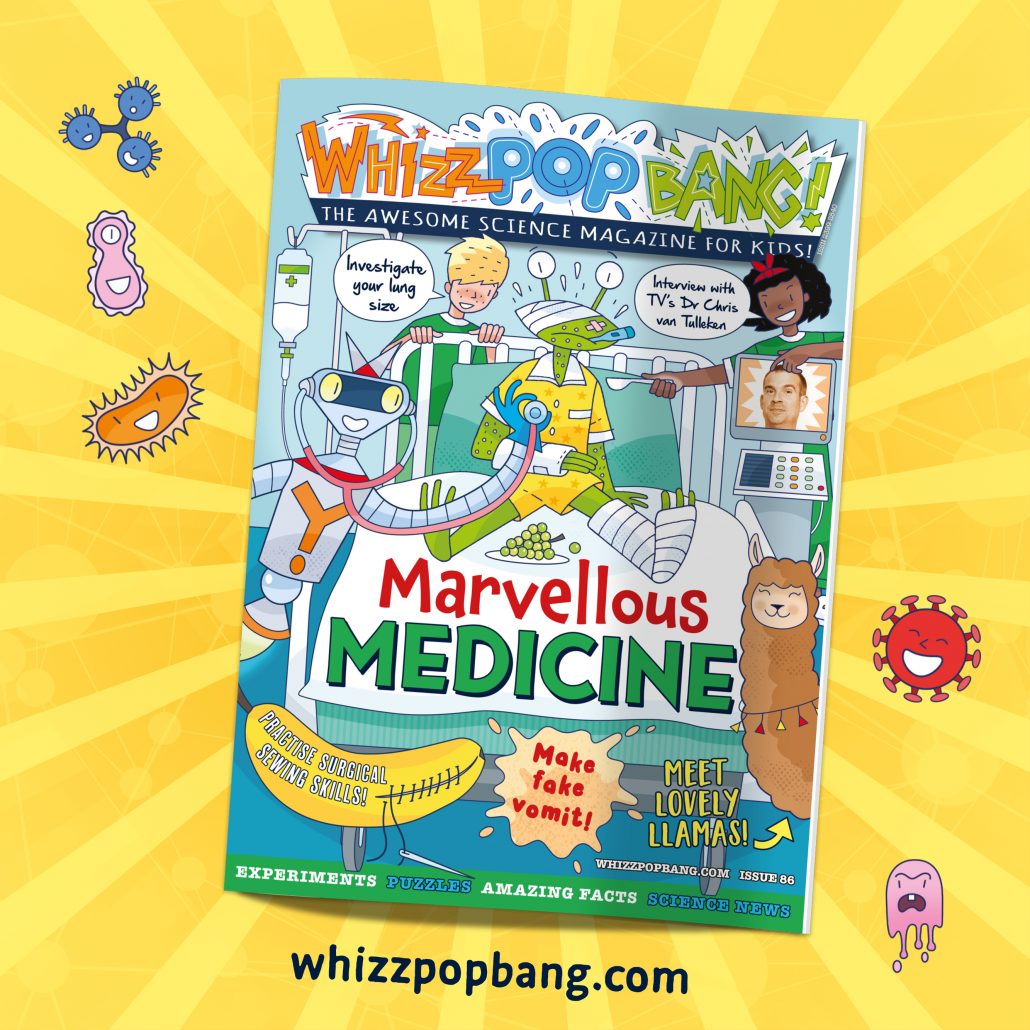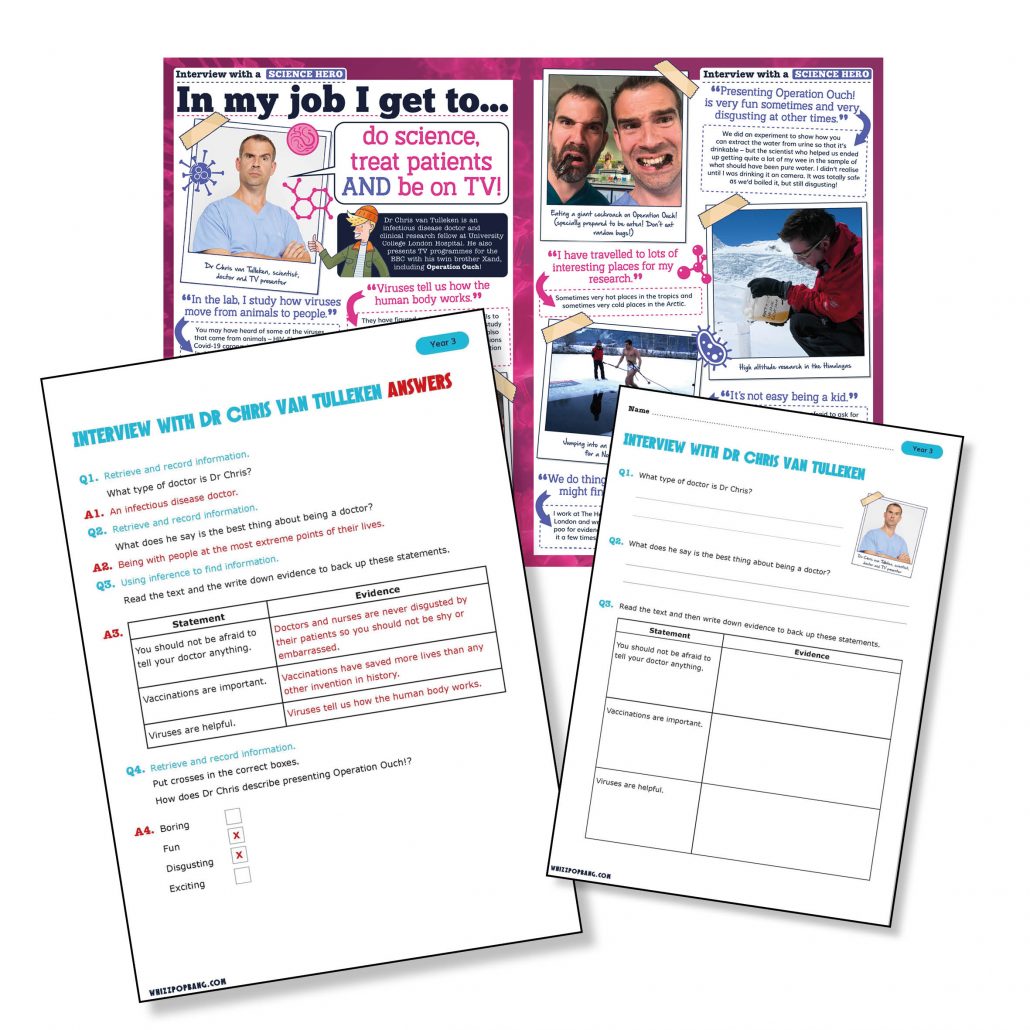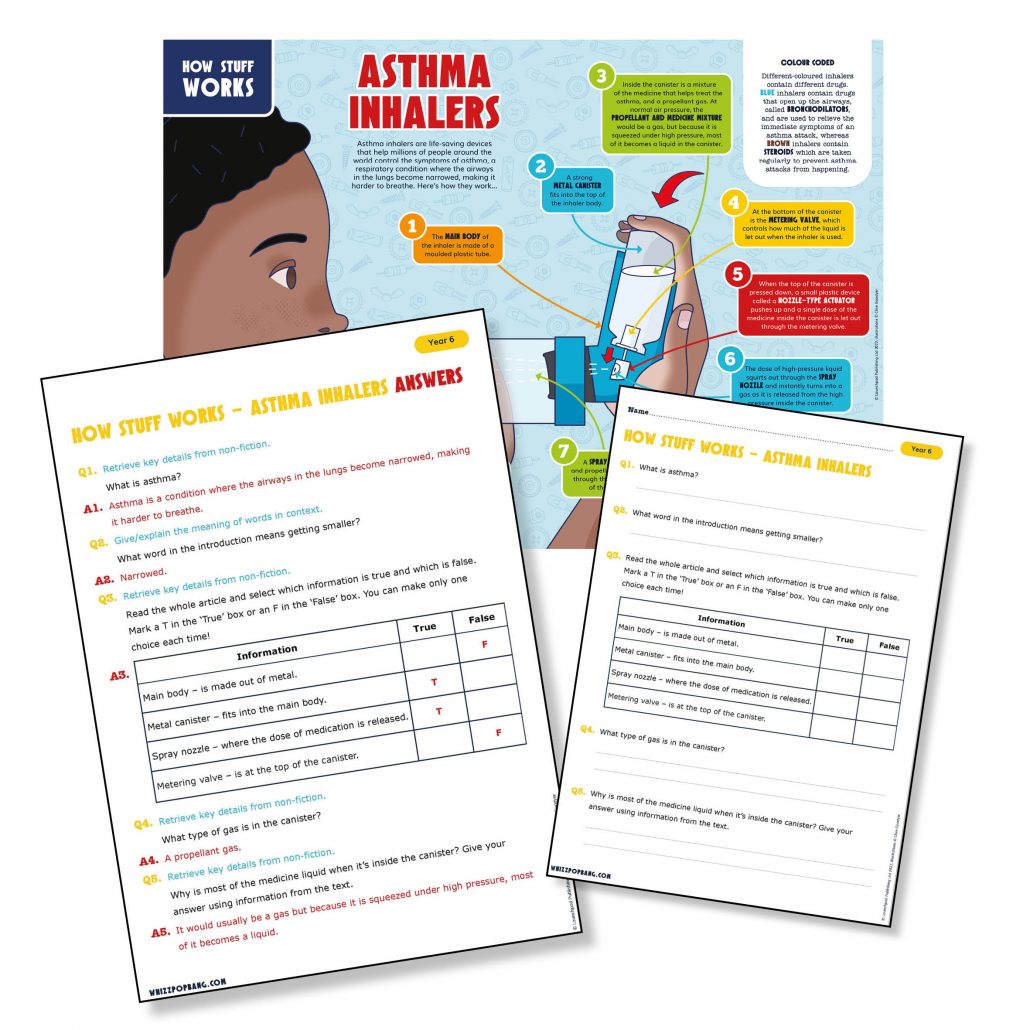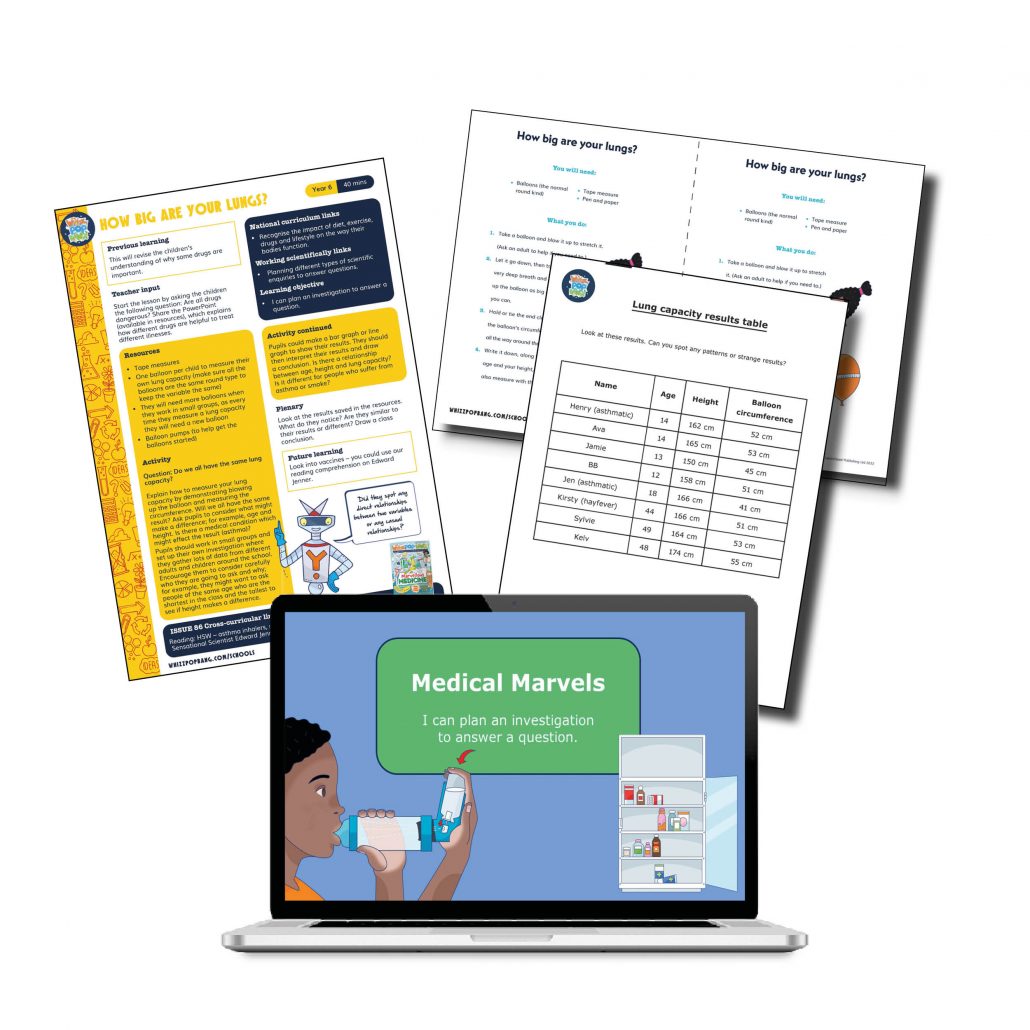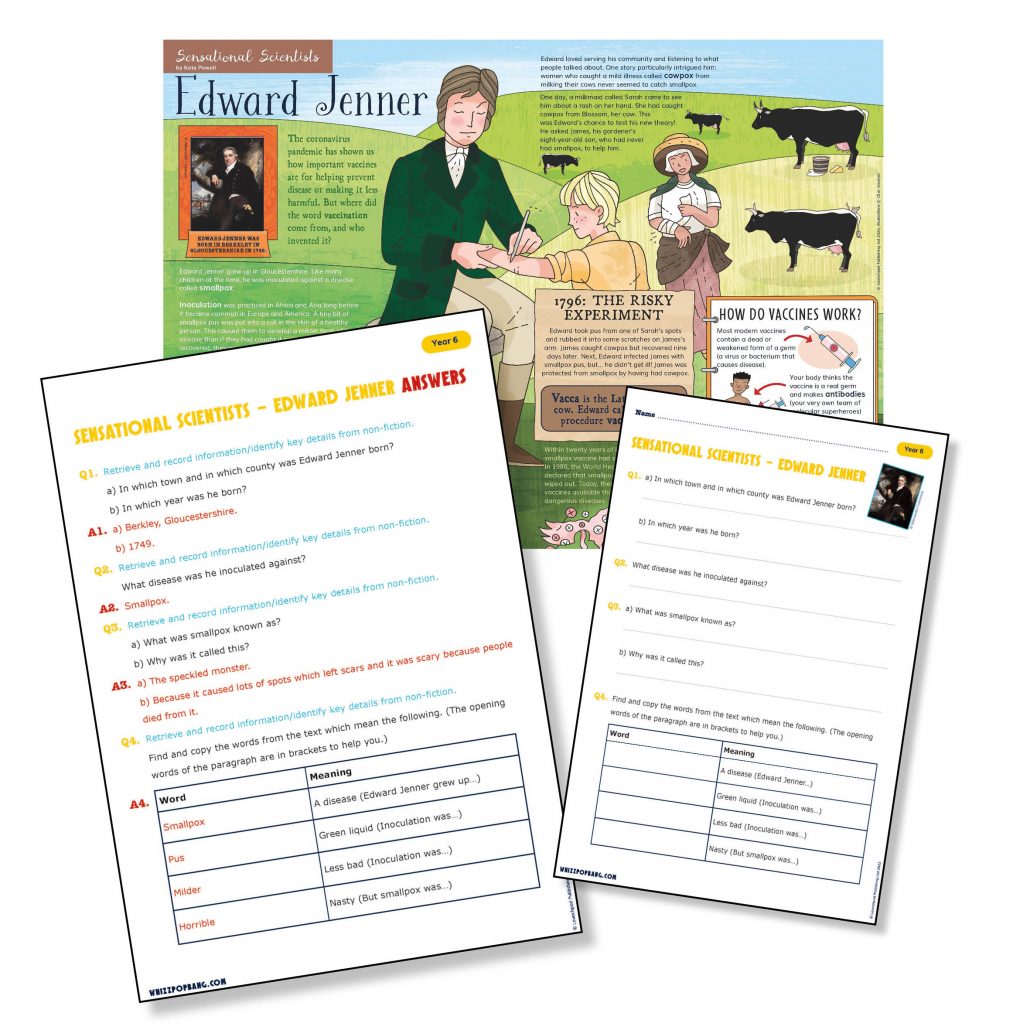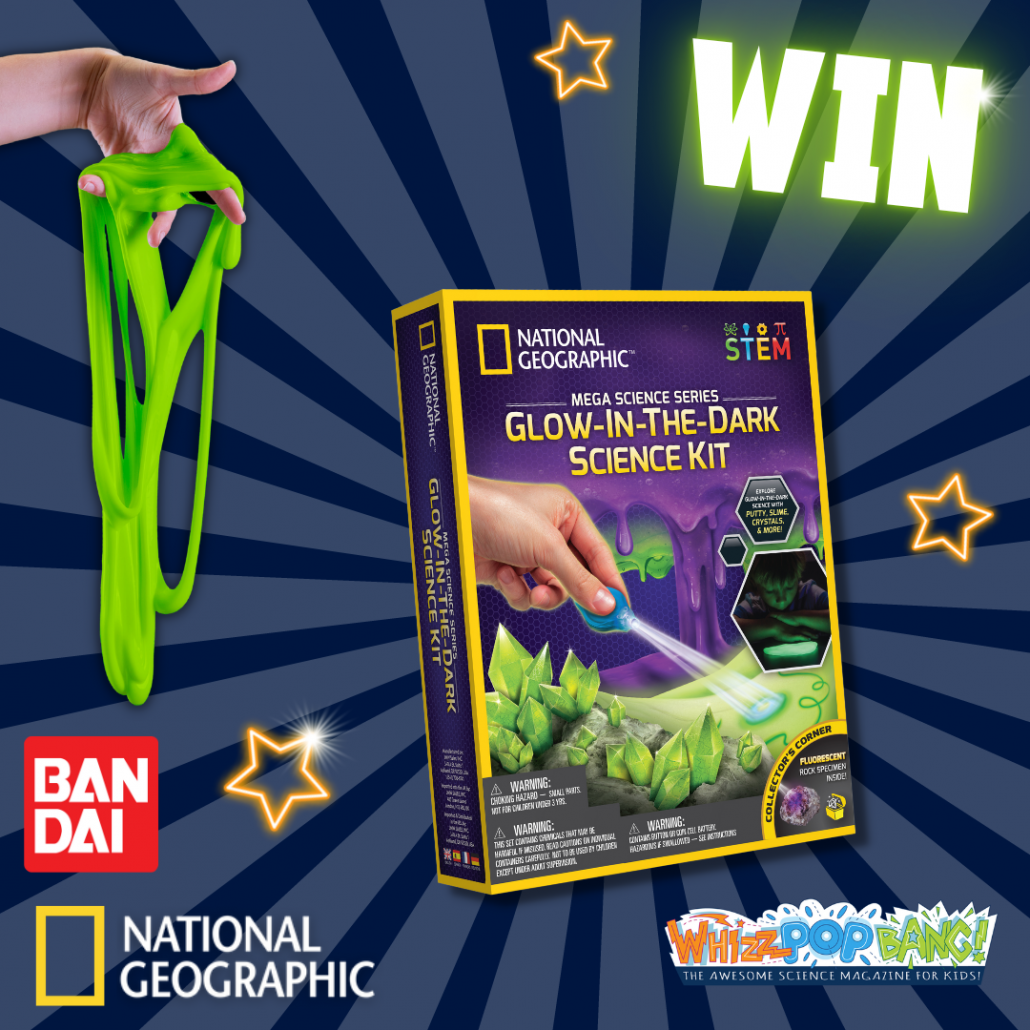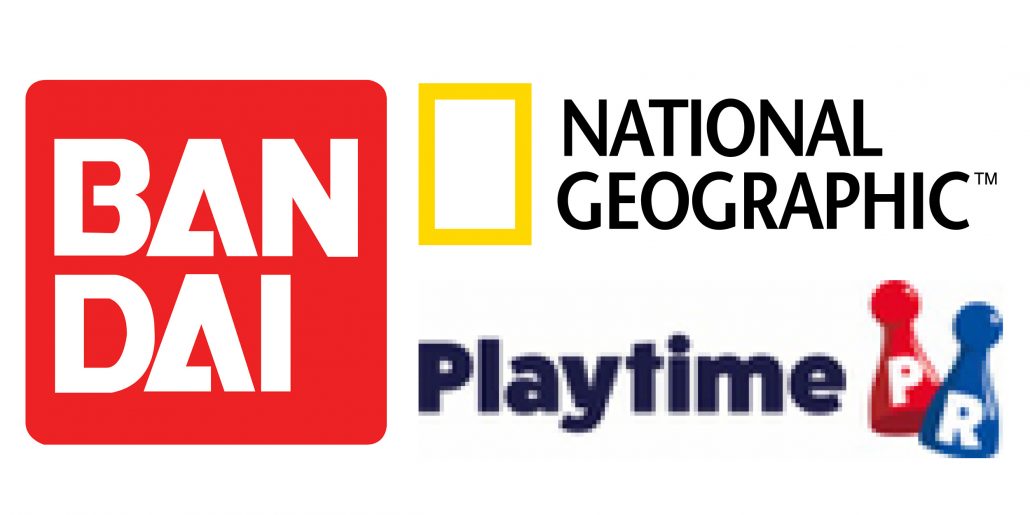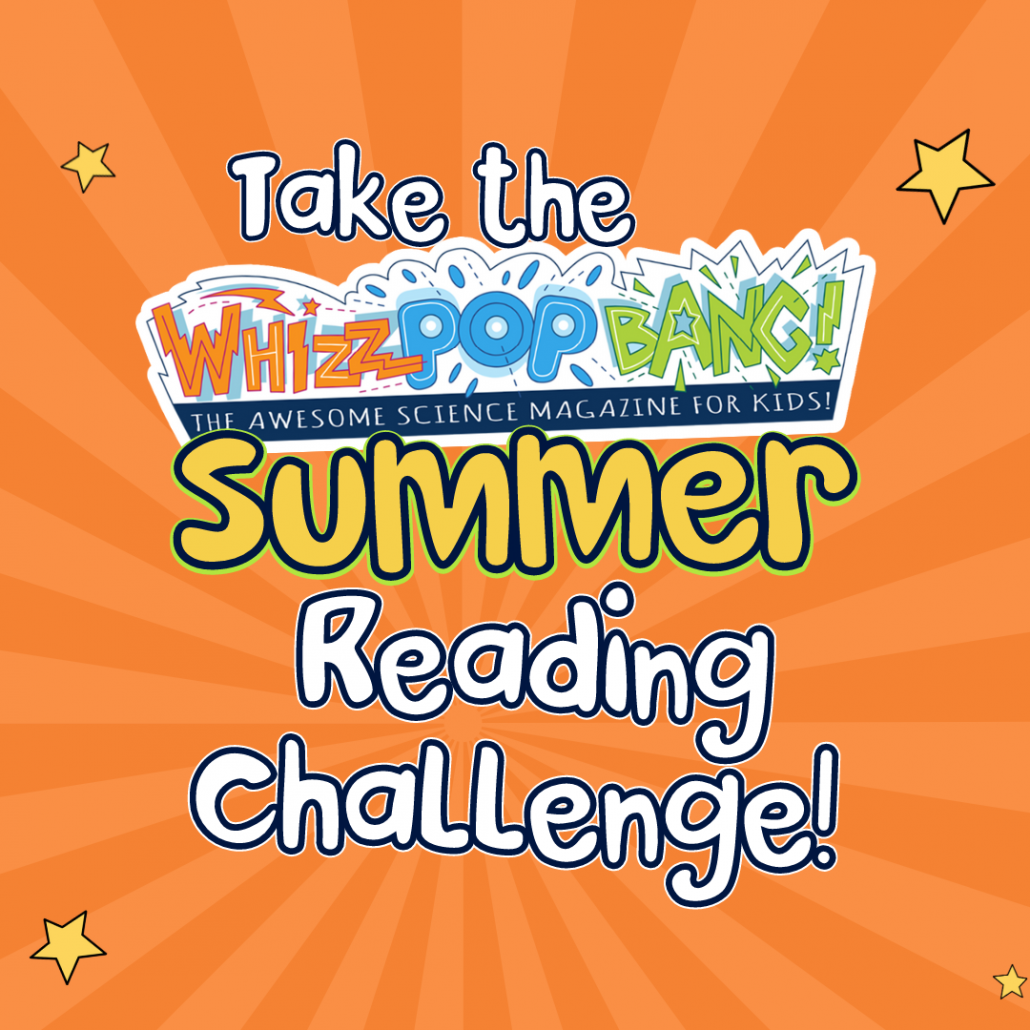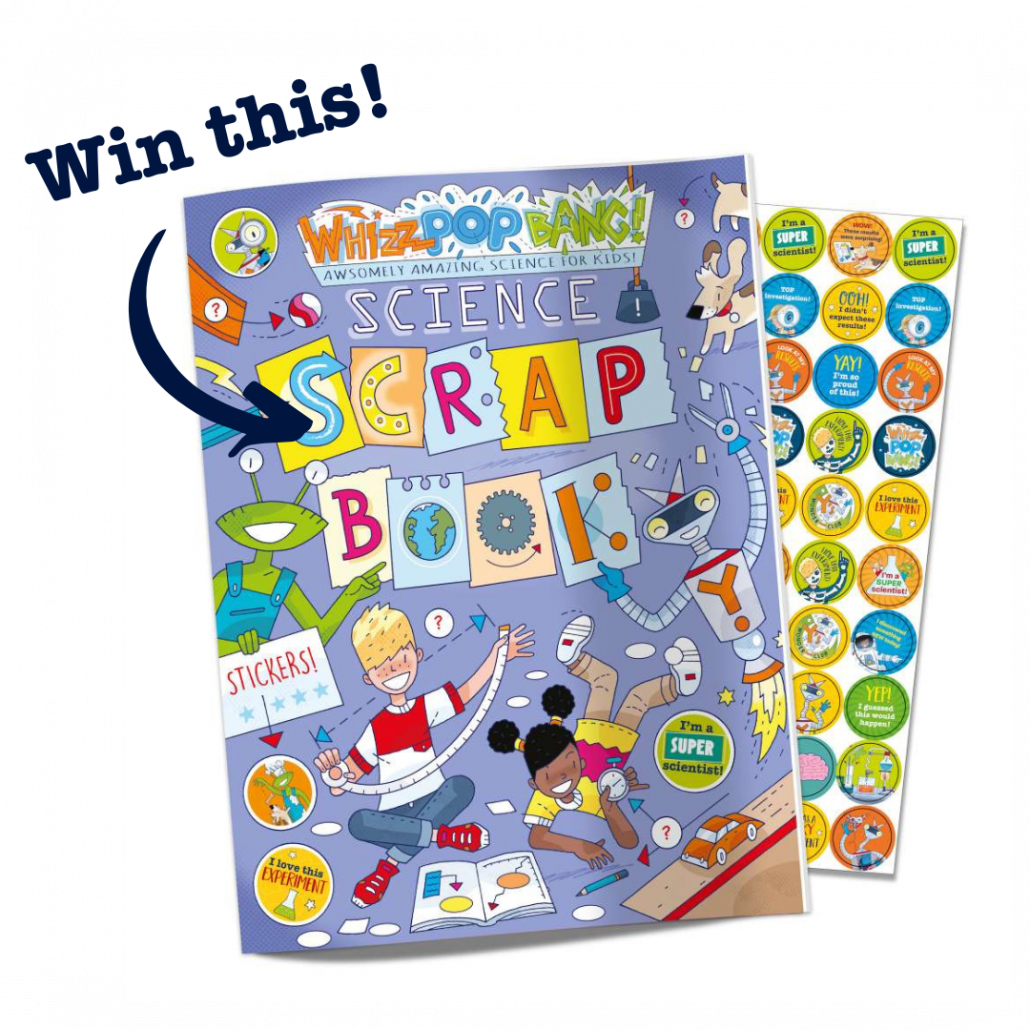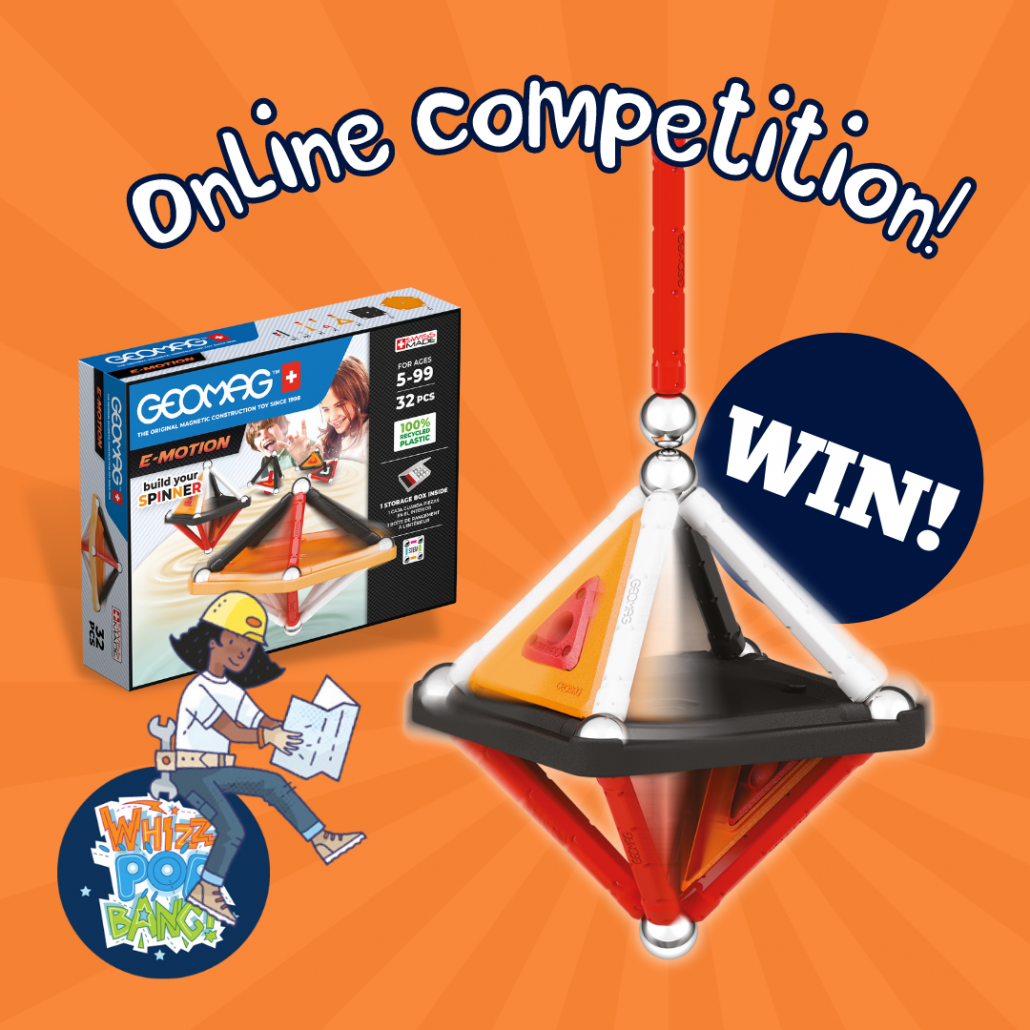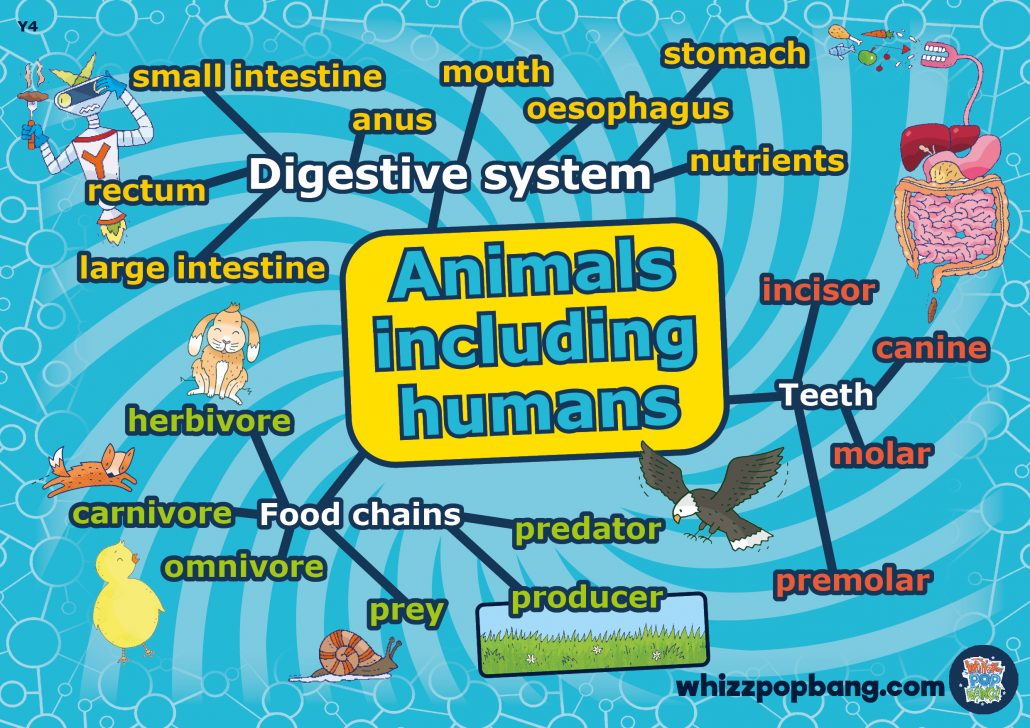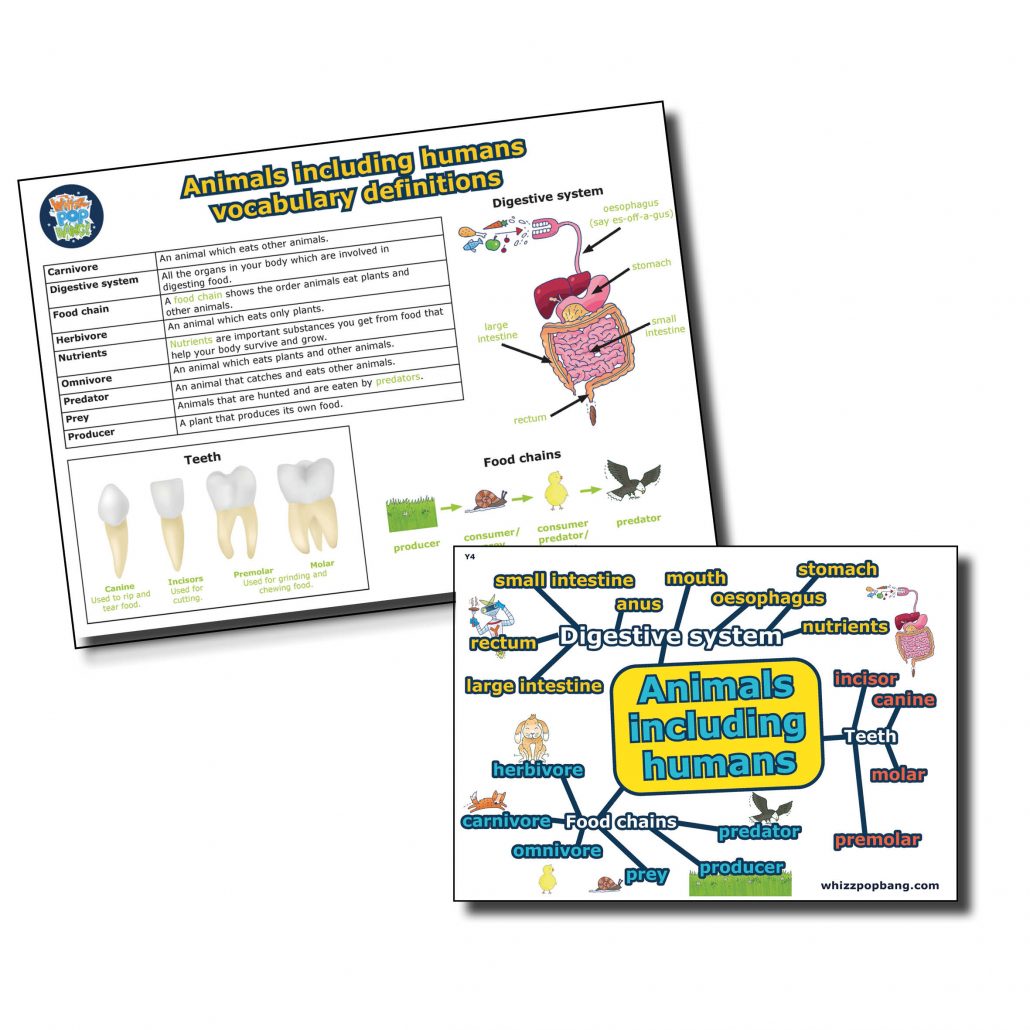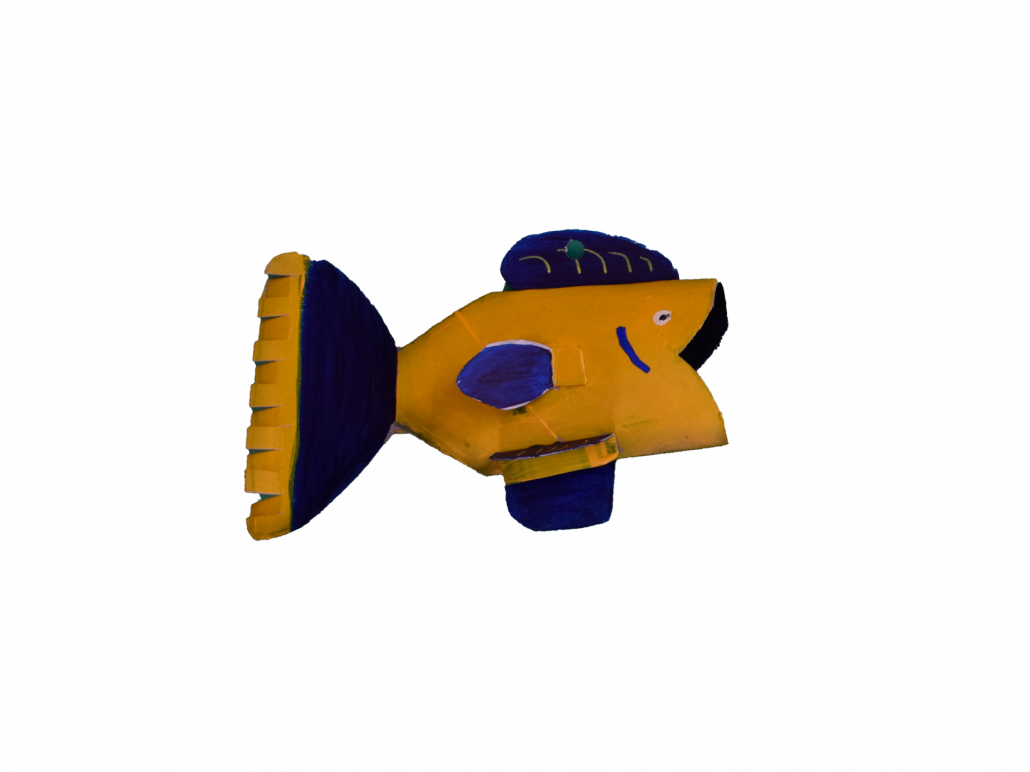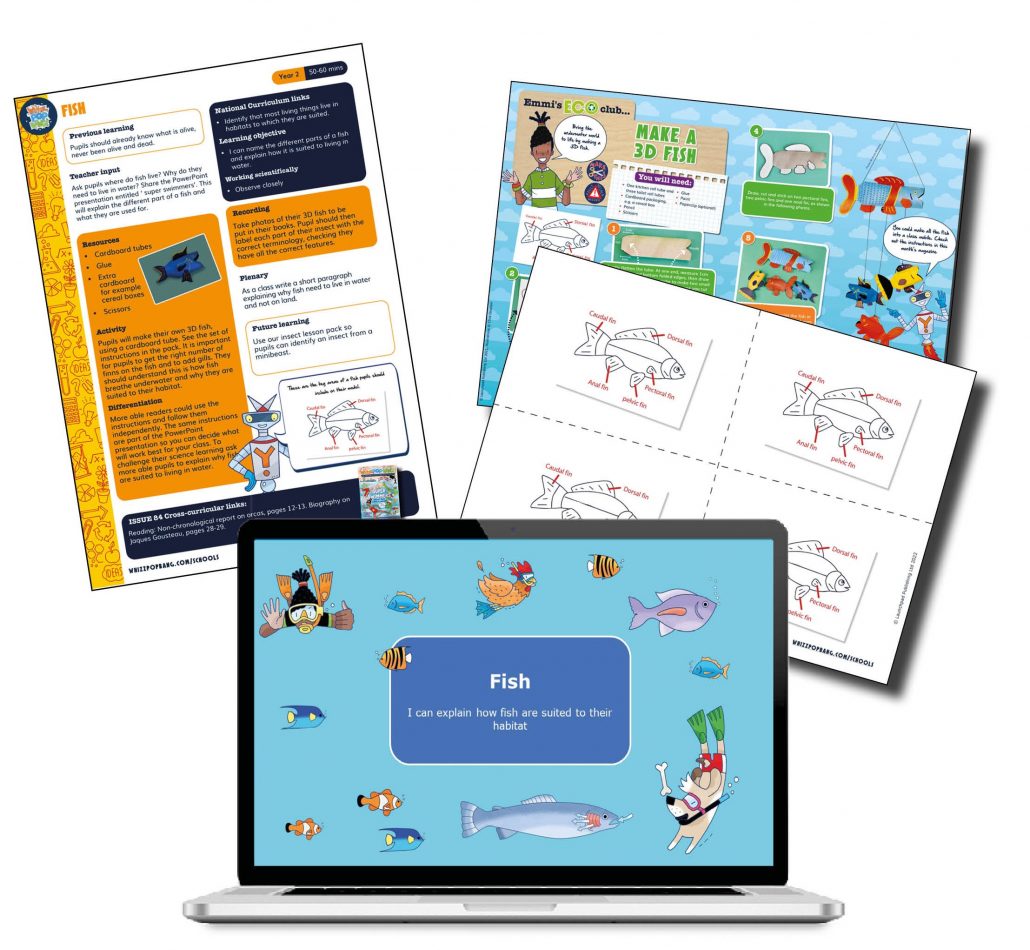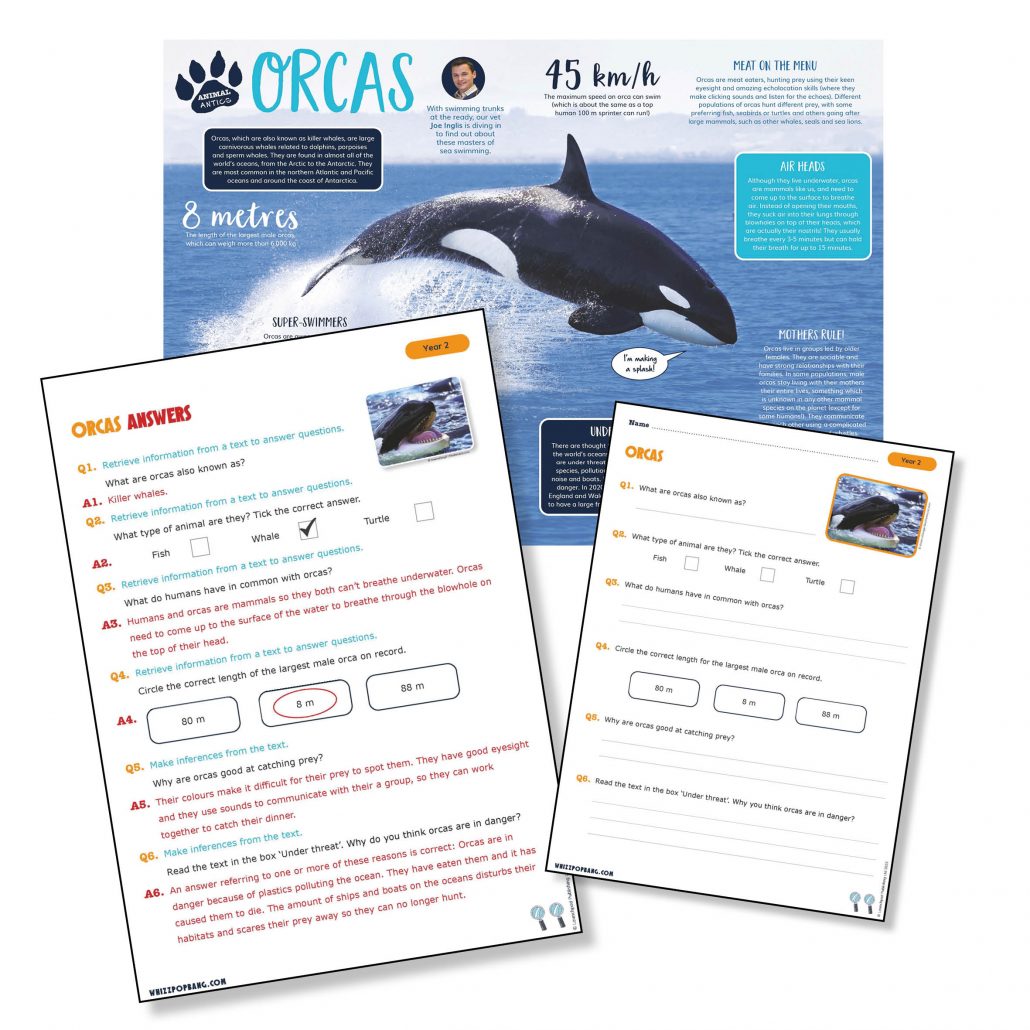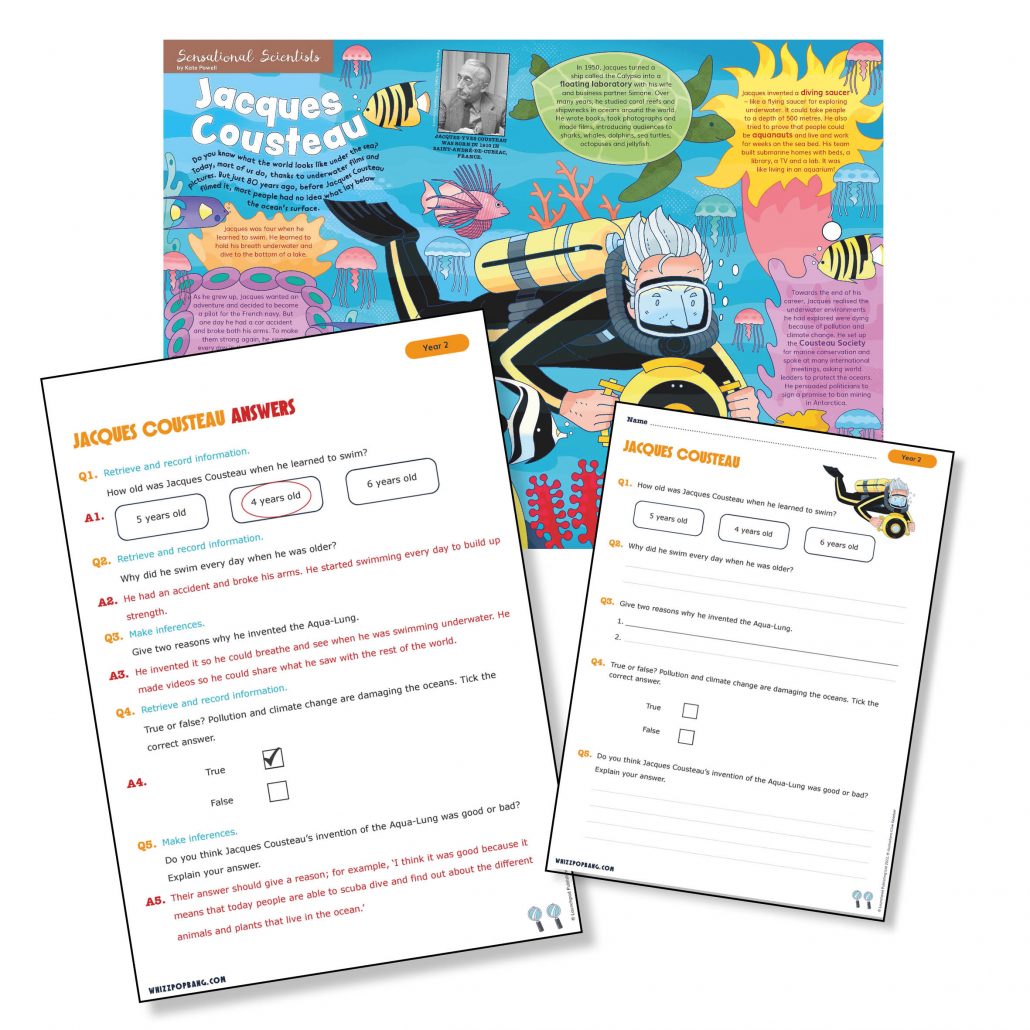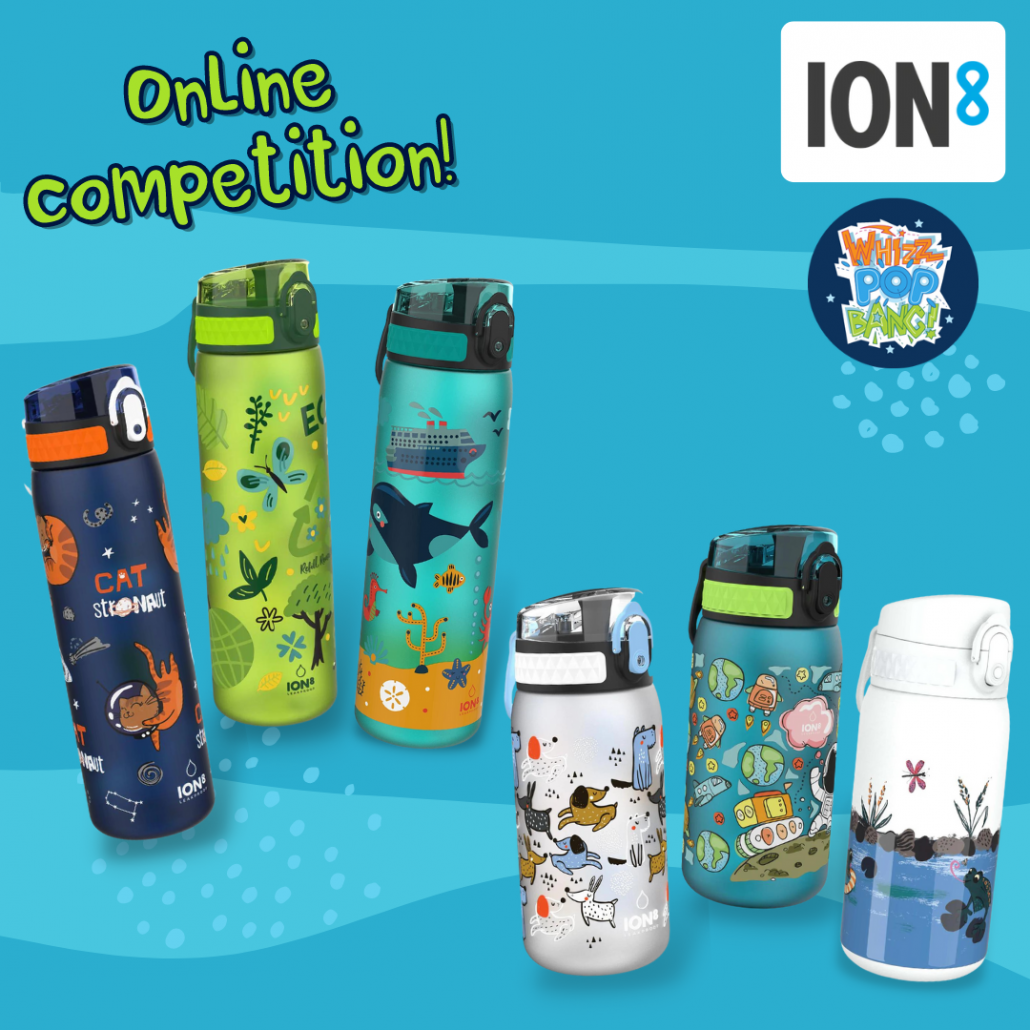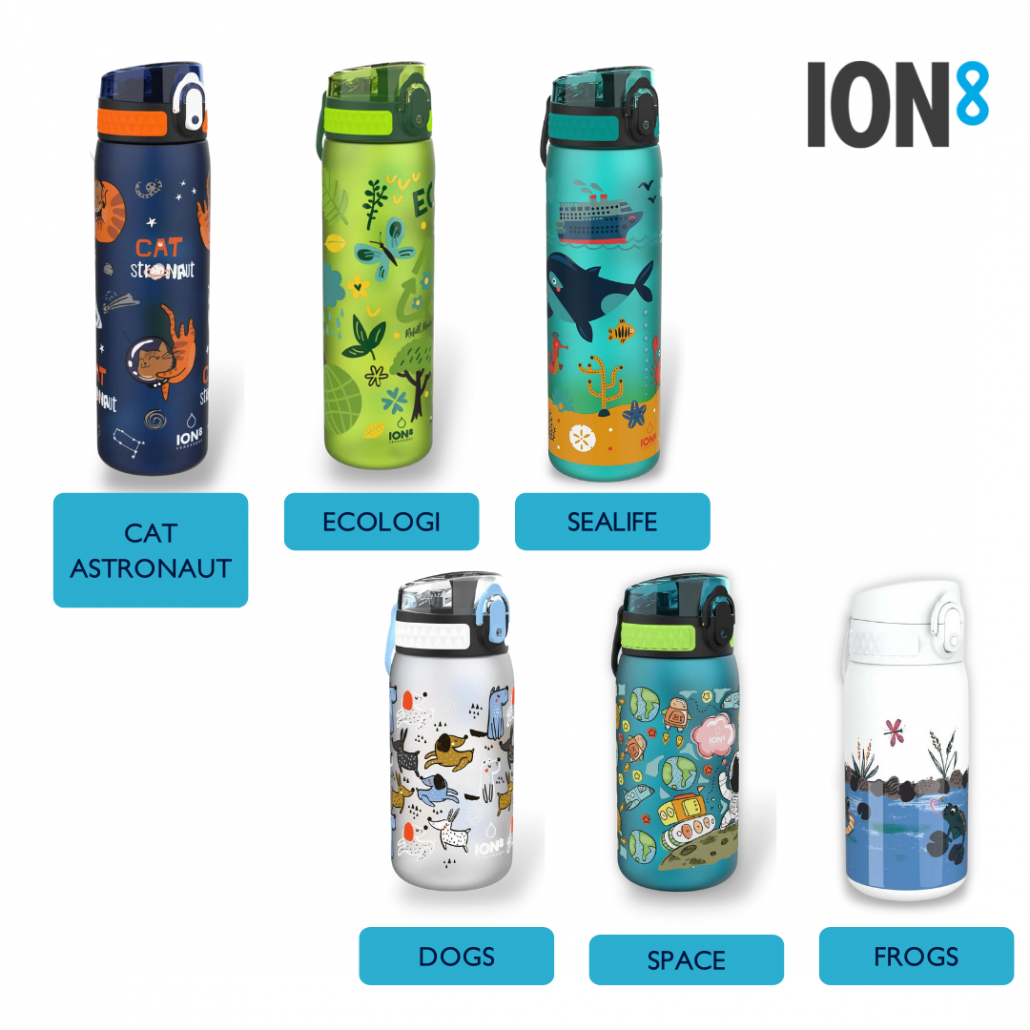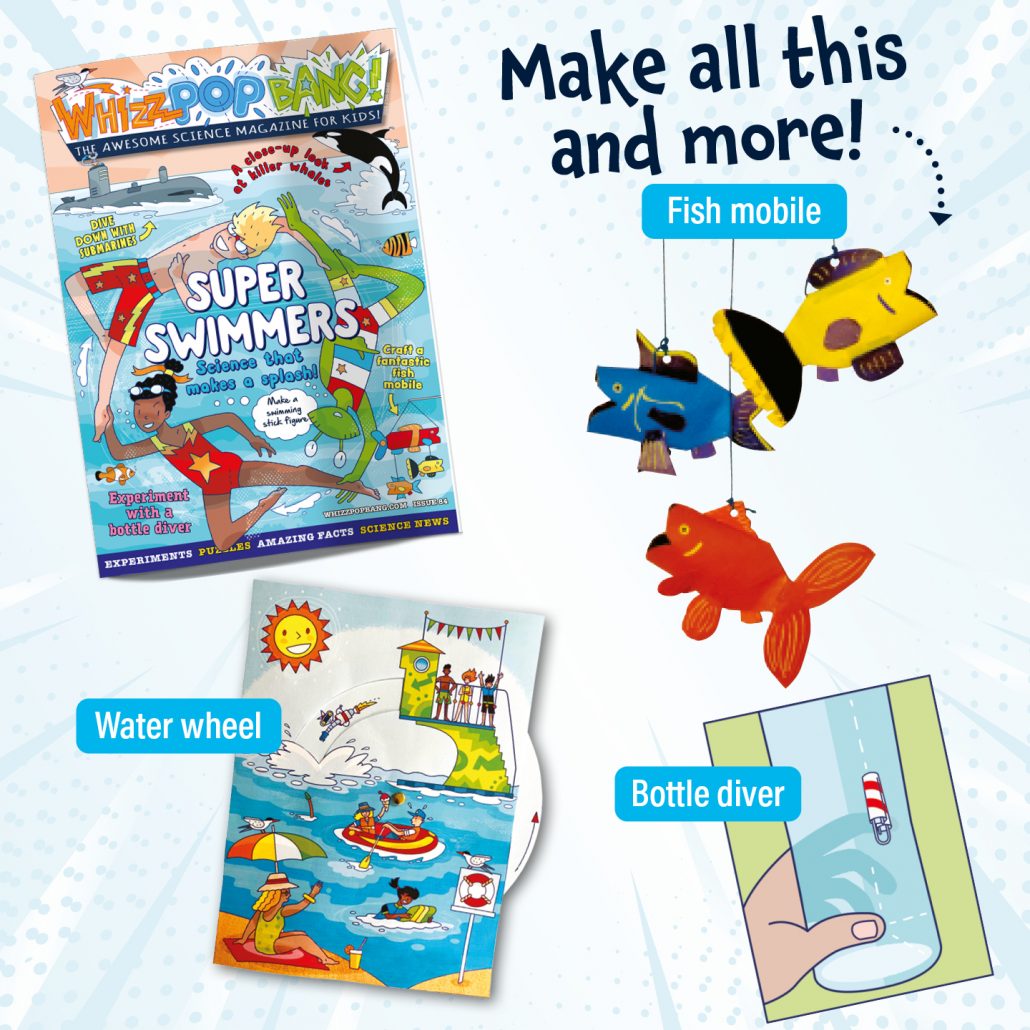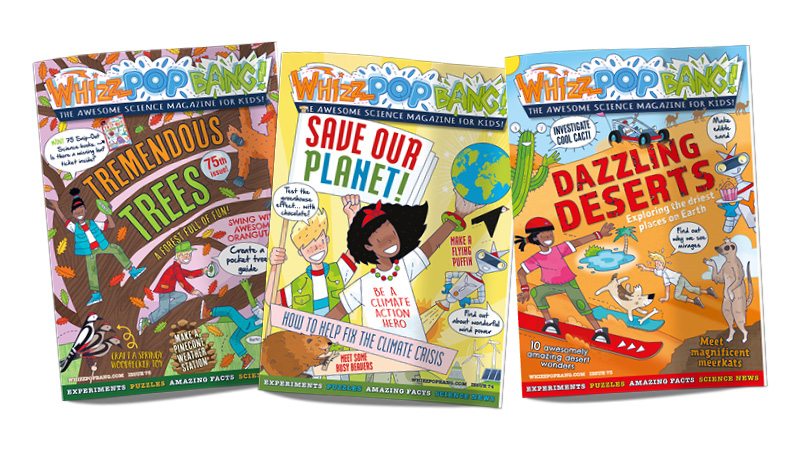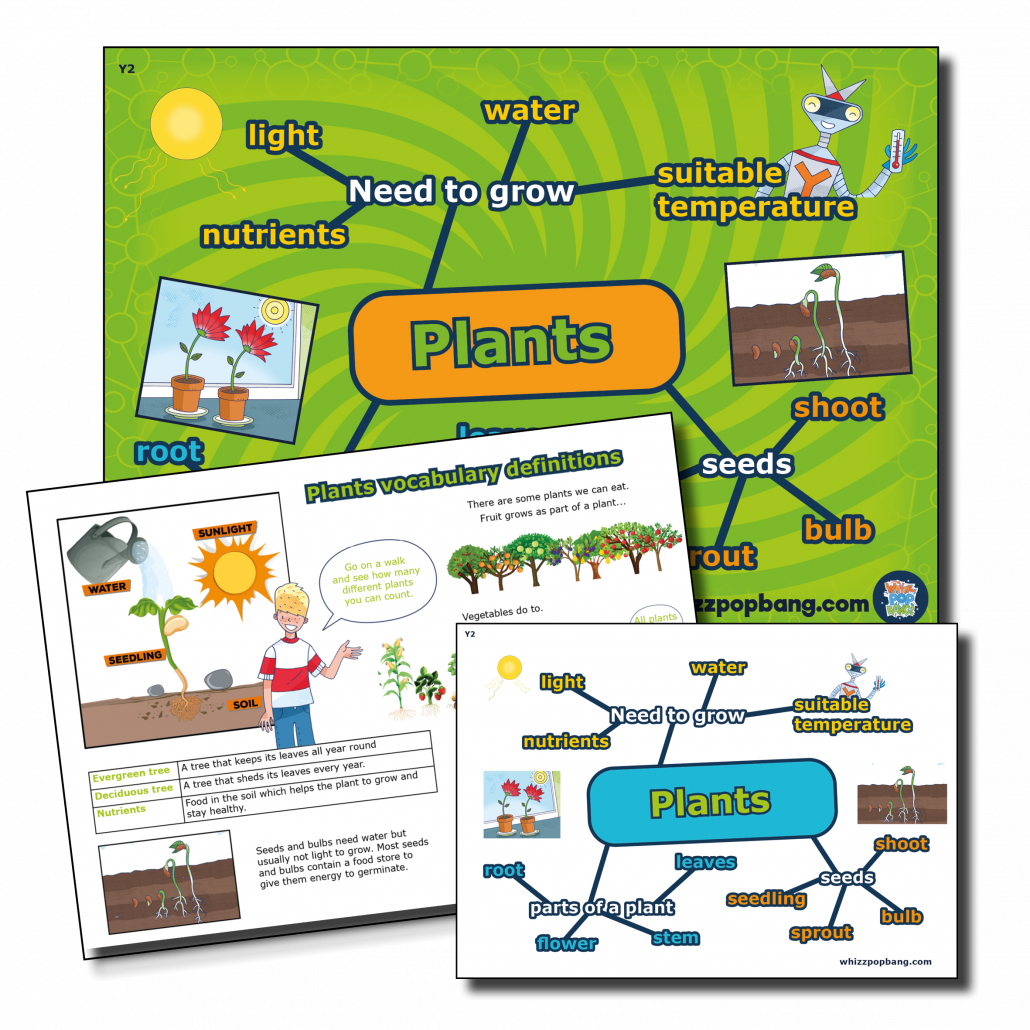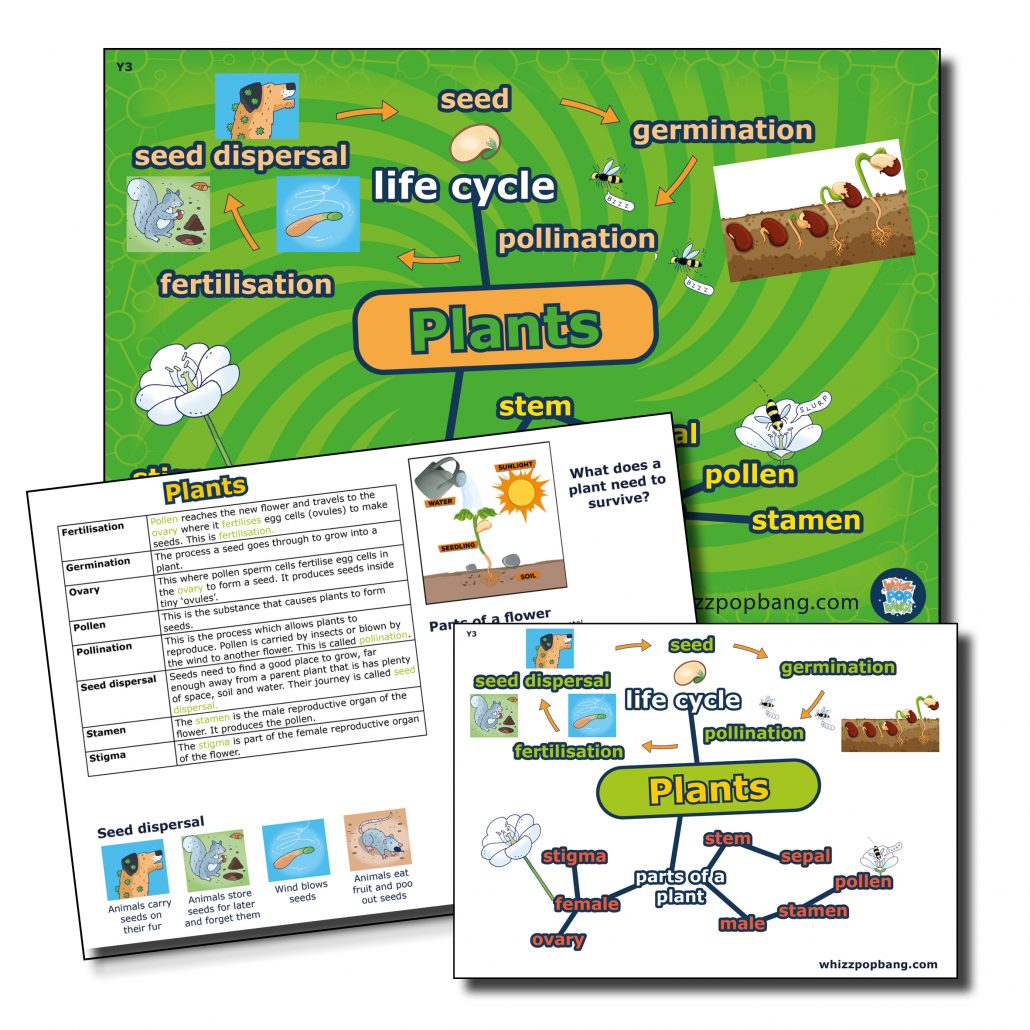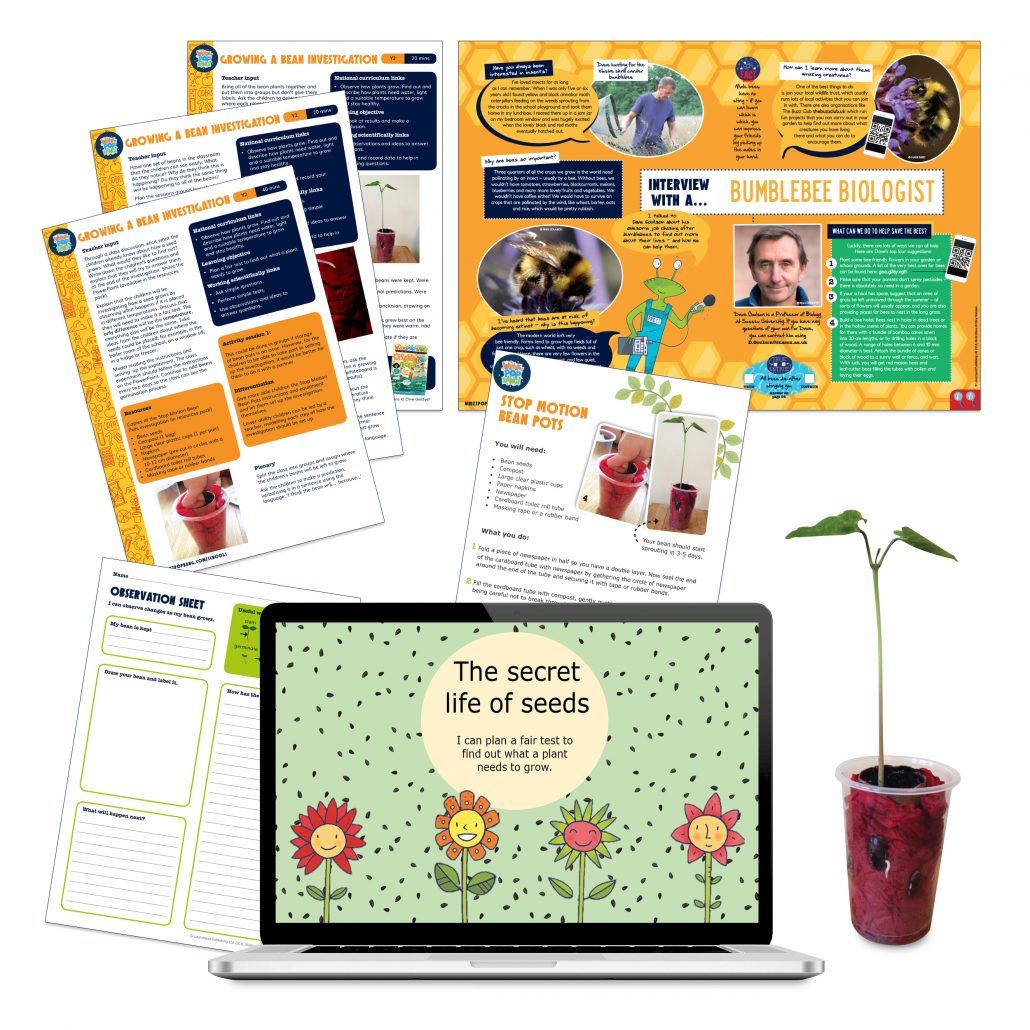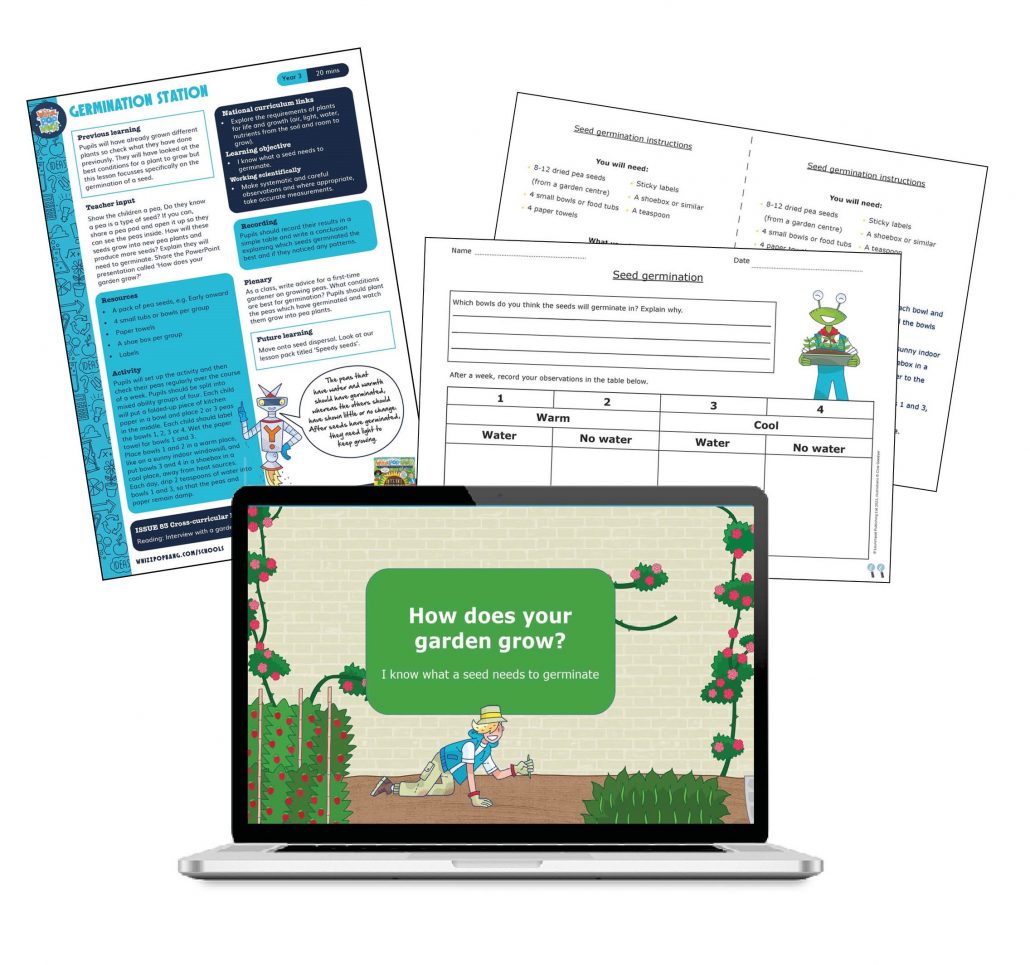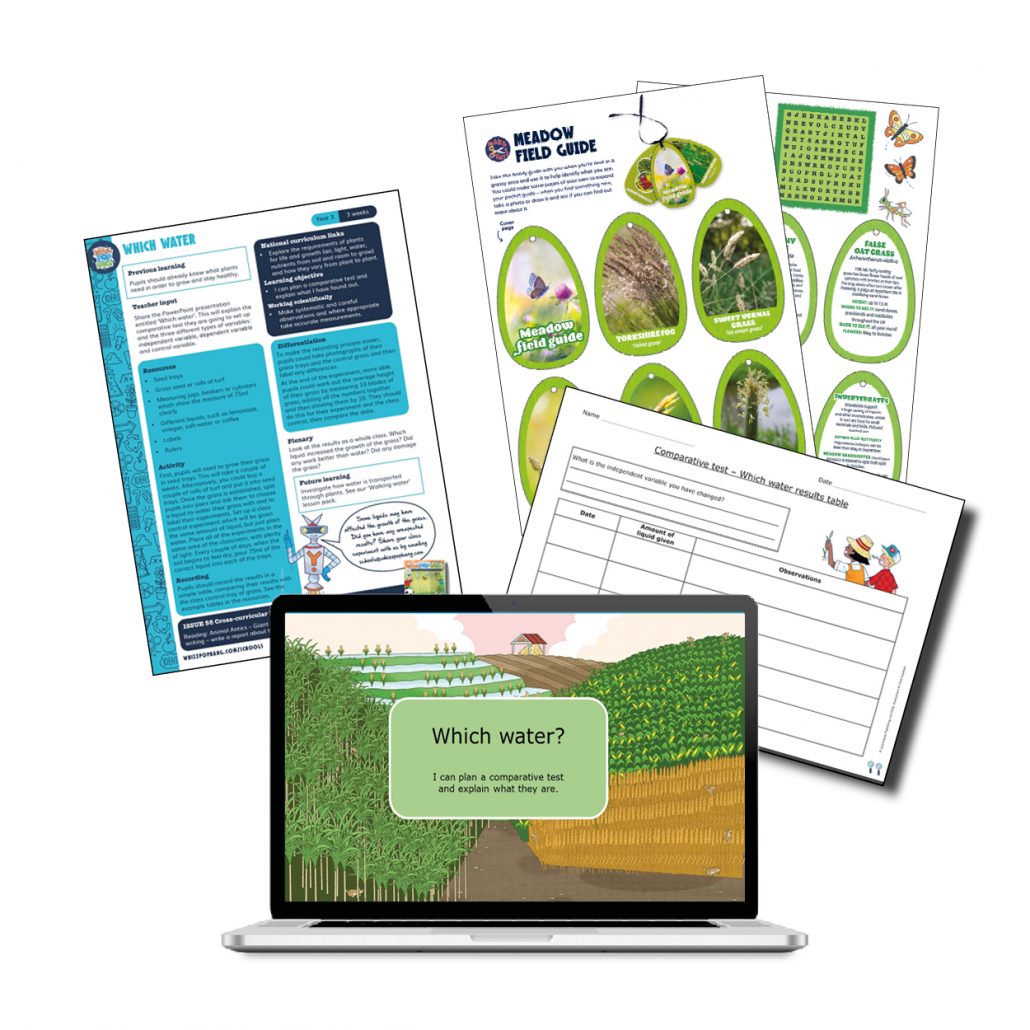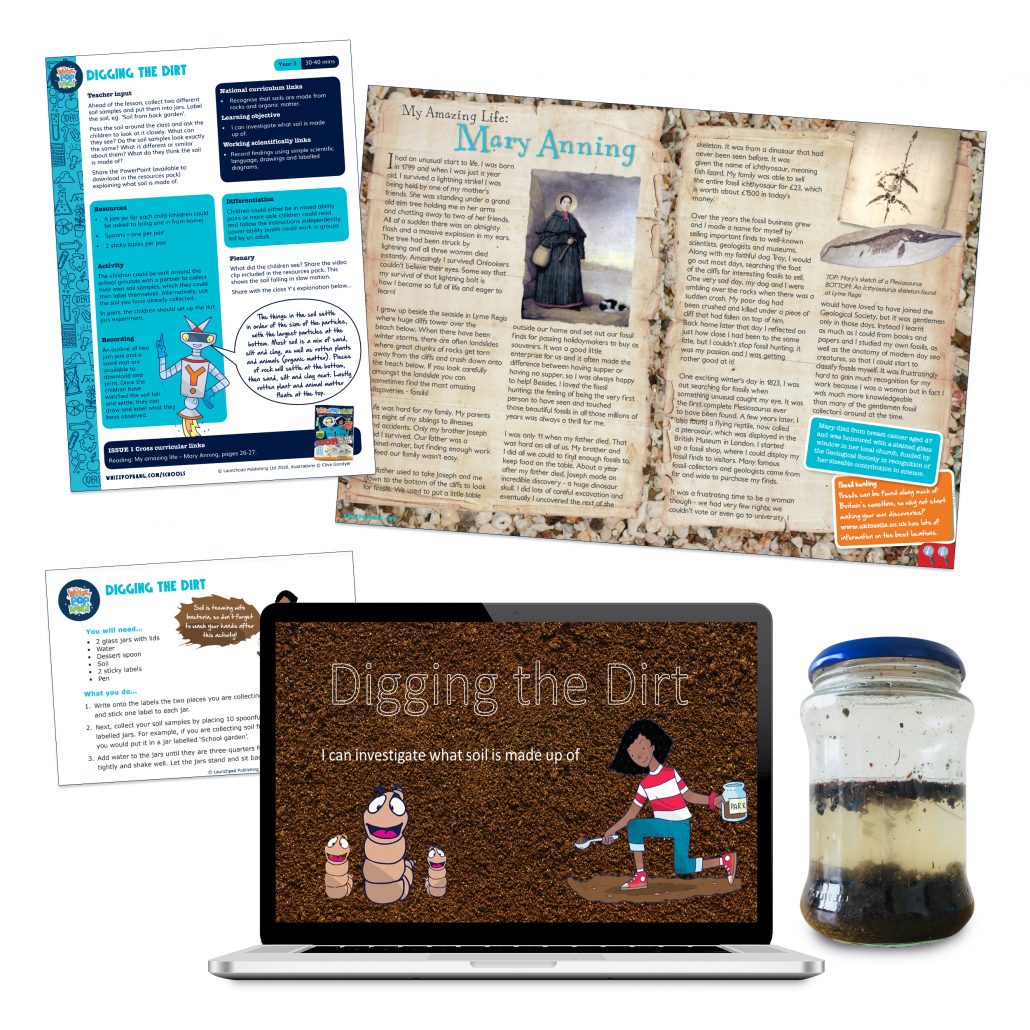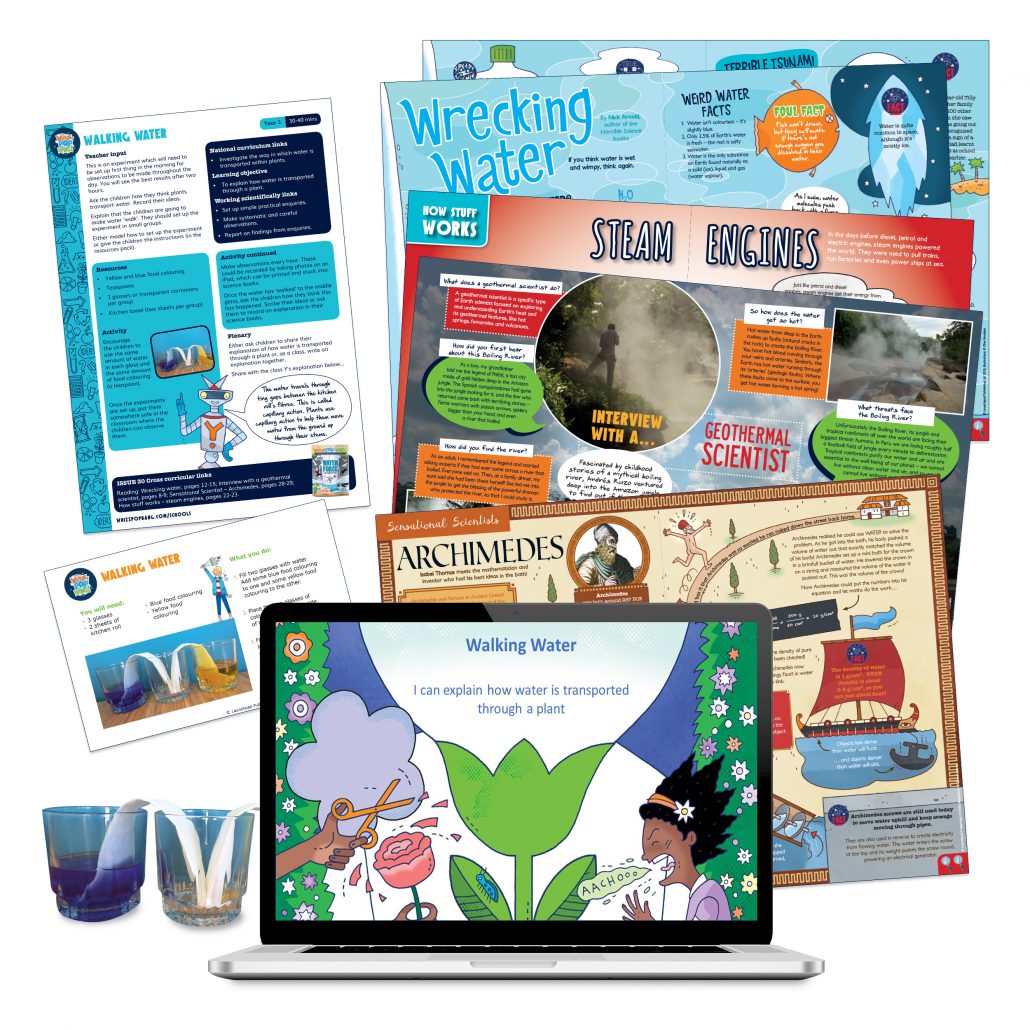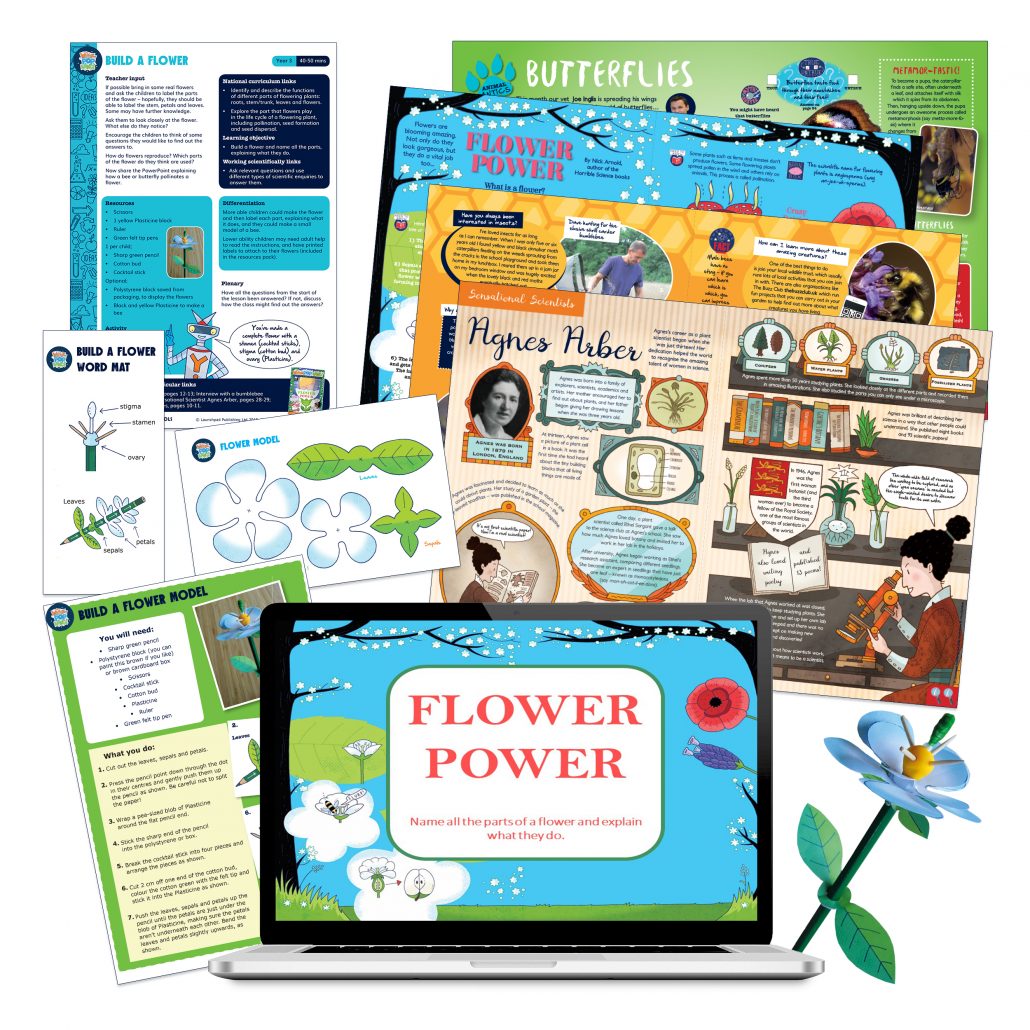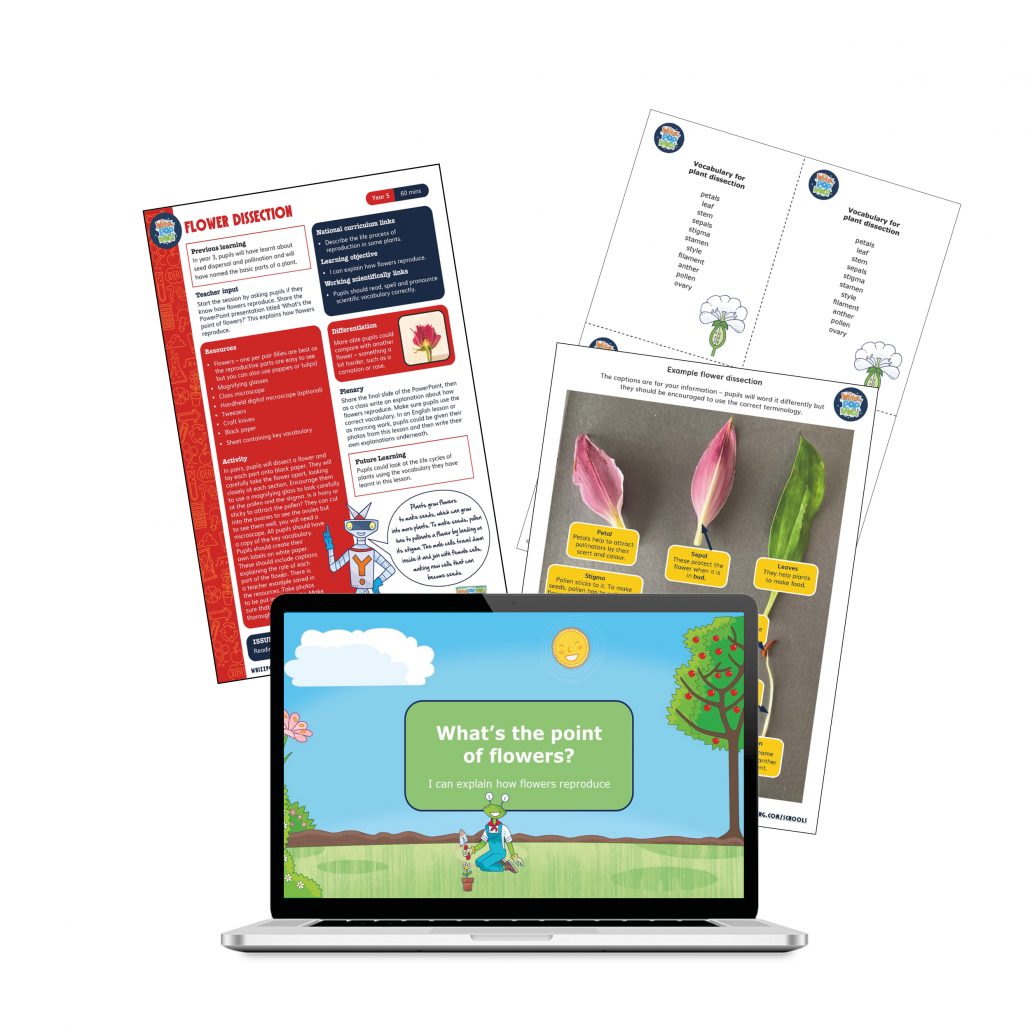As part of the ‘animals including humans’ topic in science, you are required to teach the impact of drugs on the body. It is important to teach children about the dangers of drugs but also about how amazing medicine can be. In our ‘Marvellous Medicine’ edition of Whizz Pop Bang, we look at common illnesses and find out how medicines can help to treat them.
The medical world has made so many amazing discoveries and introduced drugs and vaccinations that have saved millions of lives. As out interviewee Dr Chris van Tulleken states in this month’s issue; “Vaccinations have saved more lives than any other invention in human history!”
How many pupils in your class have asthma? Do they understand how their inhaler works? Or why they should use their spacer? Our ‘How Stuff Works’ page explains in detail how these helpful devices work.
Allergies and asthma can affect your lungs so you can’t breathe in as much air as normal. In this lesson pack for year 6, pupils will test their lungs to see how much air they can breathe in and out. As well as linking with the topic ‘animals including humans’, it also covers an enquiry type; pattern seeking. The experiment is simple, it involves blowing up a balloon and measuring the circumference. They will choose what other information they need to collect and who they will ask to blow up the balloon.
Vaccinations have been a hot topic of conversation for many in the last couple of years. Edward Jenner was the first scientist to create a vaccination. In this reading comprehension, your pupils will discover the unconventional methods he used!
Whizz Pop Bang magazine and teaching resources are brilliant ways to enhance your school’s science teaching:
- We provide downloadable science lesson plans, PowerPoint presentations, hands-on investigations and science reading comprehensions written by primary school teachers.
- Whizz Pop Bang teaching resources link to the National Curriculum, ensuring correct coverage.
- All of our resources are year group specific, ensuring progression between the years.
Prices from as little as £197.99 per year for a copy of Whizz Pop Bang magazine through the post each month and whole-school access to our ever-growing library of downloadable teaching resources, with unlimited teacher logins.
We’ve also launched a new individual membership option so teachers and home educators can access all of our amazing downloadable resources for just £20 for the whole year.

